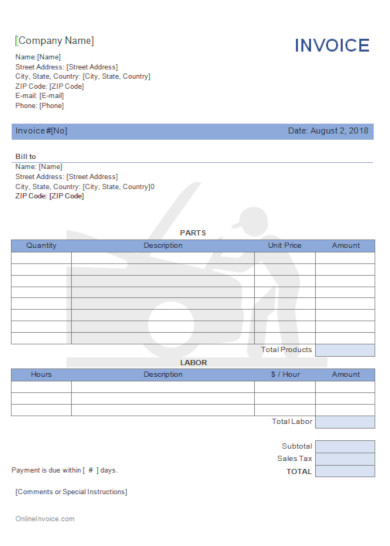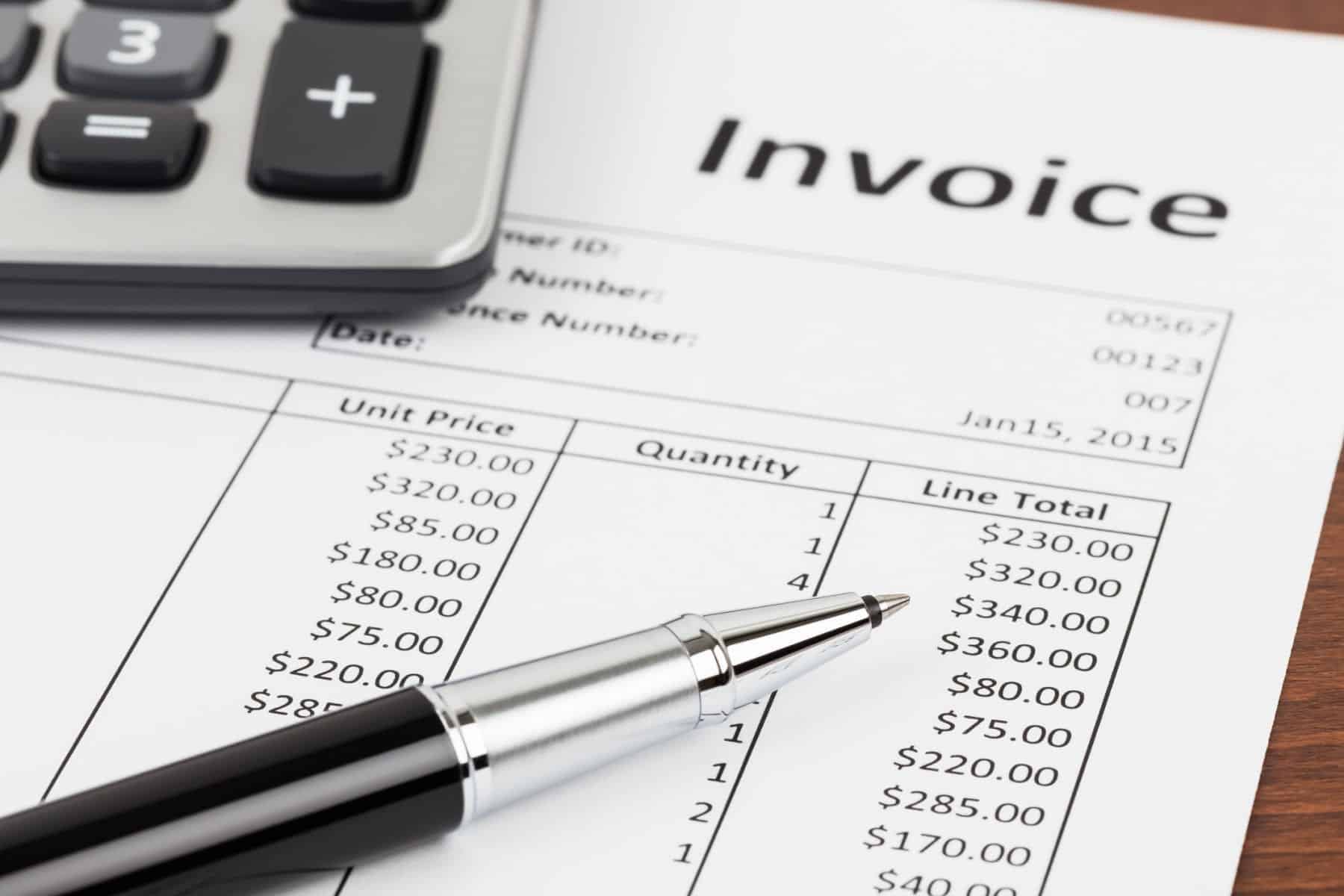

Now that you have a better sense of how invoice factoring works, you should have an idea of whether or not this type of financing is right for your business’s needs. At the end of the day, then, you’ll receive $10,000 back from the original reserve amount of $15,000-meaning you’ve received a total of $95,000 of your $100,000 invoice. With all fees considered, the factoring company will end up taking 5% of the invoice value-or $5,000-from the reserve amount. In this case, therefore, in total, the factoring company will charge 2% on the total invoice amount.Īdditionally, it’s worth noting that sometimes a factoring company will charge a processing fee at the point of the sale, usually around 3% of the total invoice amount, so let’s assume that the factoring company in question charges a processing fee of 3%. Usually, accounts receivables factoring companies charge about a 1% factor fee on the total value of the invoice each week it takes your customer to pay it. Now, say it takes your client two weeks to pay their invoice-this means that the factoring company will charge fees on the reserve amount for two weeks. This is another common difference between invoice factoring and invoice financing-with invoice financing, you’ll have to pay your fees to the company after receiving the amount in reserve, whereas invoice factoring companies will take their fees and then distribute the remaining amount to you.Īs an example, say you have an outstanding invoice of $100,000, and the factoring company you choose to work with advances you 85% of that invoice-this means that you’ll receive $85,000 right away, and the invoice factoring company will hold the additional $15,000 in reserve.

In either case, when your customer pays their invoices, you’ll receive the remaining amount of the invoice value that the factoring company held in reserve-minus the fees the company collects for each week it takes for your customer to fulfill their payment. It’s worth noting, however, that these two terms are often used interchangeably-meaning some factoring companies may not collect the payments directly from your customers, leaving that responsibility to you. In this way, the company’s ownership of the invoices is what distinguishes invoice factoring vs. Generally, the factoring company will then take over the collection of your customers’ invoice payments. This being said, when working with an invoice factoring company, you “sell” your outstanding invoices to the company in return for an advance of cash-typically around 80% of the value of the invoices. Compare Your Factoring OptionsĬompared to other types of business loans, invoice factoring is a very unique form of financing.Īs we mentioned above, if you need to be paid for your services right away, then you might approach a factoring company to help you get the cash that customers currently owe you.
#Invoice factoring for one customers how to#
In this guide, we’ll break down everything you need to know about invoice factoring-discussing some of the top factoring companies and what they can offer-plus, how to choose the right factoring company for your business. Where can you find the best invoice factoring?
#Invoice factoring for one customers free#
Therefore, if you’re a B2B business (or any other business that invoices customers) and you need to free up capital held in unpaid invoices, invoice factoring might be the right solution for you. In essence, factoring companies help businesses open up their cash flow while they wait for customers to pay them for their services. Thus making invoice factoring distinct from invoice financing.

After this transfer of ownership, the factoring company-also known as an invoice factoring company, an accounts receivable factoring company, or even a factoring receivables company-will typically take over the responsibility of collecting the invoice amount from a business’s customer. A factoring company is a third-party financial institution that offers businesses cash in exchange for ownership of their unpaid, outstanding invoices.


 0 kommentar(er)
0 kommentar(er)
